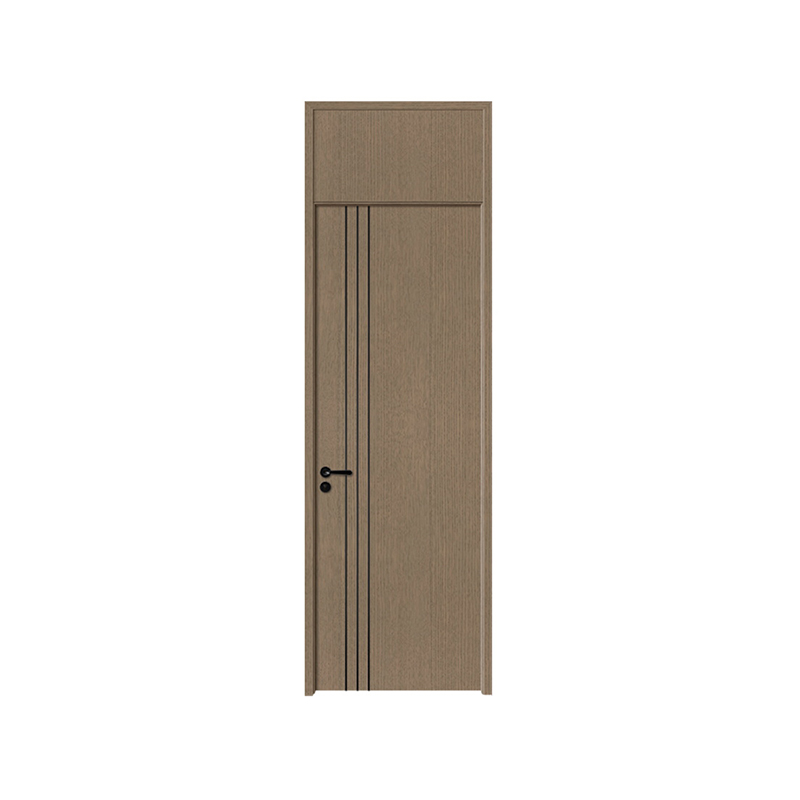We provide quality products and services to customers from all over the world.
How Veneer Doors Bring Luxury Looks Without the Price Tag?
In the world of interior design, the quest for affordable luxury has led to the rising popularity of veneer doors as a sophisticated alternative to solid wooden doors. These innovative entry solutions offer homeowners the elegant appearance of premium wood grains without the hefty price tag typically associated with solid wooden door options. The secret lies in the manufacturing process - where thin slices of real wood are carefully bonded to a sturdy core material, creating what we know as veneer doors that mimic the visual appeal of their solid wooden door counterparts.

The advantages of choosing veneer doors over traditional wooden doors become immediately apparent when examining cost factors. While a high-quality solid wooden door might require expensive, slow-growing timber, veneer doors utilize the same precious wood species in thin layers, dramatically reducing material costs without sacrificing aesthetic value. This economical approach allows homeowners to enjoy the rich patterns of mahogany, oak, or walnut that would be prohibitively expensive in solid wooden door construction, making luxury accessible to broader markets.
Beyond affordability, veneer doors present several practical benefits that solid wooden doors cannot match. The engineered core of veneer doors provides outstanding stability, resisting the warping and swelling that sometimes plagues solid wooden doors in humid climates. This makes veneer doors particularly suitable for areas with fluctuating temperatures or moisture levels where traditional wooden doors might require frequent maintenance or replacement. Homeowners can enjoy the timeless beauty of wood without the temperamental nature of solid wooden door materials.
Design flexibility represents another area where veneer doors outshine conventional wooden doors. Manufacturers can create veneer doors in patterns and grain matches that would be impossible or extremely costly to achieve with solid wood. This means more consistent aesthetics throughout a home's doorway system, as veneer doors can be produced with greatly matched grain patterns across multiple doors - a level of uniformity specially found in natural wooden doors. The thin wood layer also allows for more intricate inlays and decorative elements that would weaken the structure of a solid wooden door.
The environmental impact of veneer doors versus solid wooden doors deserves special mention. By using thin slices of premium wood over engineered cores, veneer doors make far more efficient use of forest resources than their solid wooden door counterparts. A single log can produce enough veneer to cover dozens of doors, whereas the same log might yield only a few solid wooden doors. This sustainable approach appeals to eco-conscious consumers who want the warmth of real wood without the environmental footprint of traditional wooden doors.
Installation and maintenance further demonstrate the advantages of veneer doors over solid wooden doors. The lighter weight of veneer doors makes them easier to hang and adjust than heavy wooden doors, reducing installation time and labor costs. Daily upkeep proves simpler too - while both veneer doors and solid wooden doors benefit from regular cleaning, veneer doors typically require less frequent refinishing than their solid wooden door counterparts, maintaining their pristine appearance with minimal effort.
Modern manufacturing techniques have elevated veneer doors to new levels of quality that rival solid wooden doors. Advanced adhesives and pressing technologies ensure the wood veneer bonds permanently to its core, addressing early concerns about delamination that occasionally affected older veneer door models. Today's high-end veneer doors can be virtually indistinguishable from solid wooden doors to the untrained eye, with textured finishes that greatly replicate the tactile experience of natural wood.
The market response to veneer doors has been overwhelmingly positive, with many designers specifying them as standard where they might have previously recommended solid wooden doors. This shift reflects growing recognition that veneer doors deliver comparable beauty at a fraction of the cost, with added practical benefits that solid wooden doors cannot match. As manufacturing techniques continue to improve, the performance gap between veneer doors and solid wooden doors narrows further, making the choice between them increasingly a matter of personal preference rather than quality differentiation.
For budget-conscious homeowners unwilling to compromise on style, veneer doors represent the great marriage of luxury and value. They capture all the visual warmth and character of solid wooden doors while avoiding their premium price point and maintenance demands. As more consumers discover these benefits, veneer doors are poised to become the new standard in residential design, offering democratic access to high-end ae
Interested in cooperation or have questions?
![]() +86-13857003056
+86-13857003056
![]() No. 27 Lianhuashan Avenue, Jiangshan Economic Development, Jiangshan, Quzhou, Zhejiang, China
No. 27 Lianhuashan Avenue, Jiangshan Economic Development, Jiangshan, Quzhou, Zhejiang, China

 English
English русский
русский Français
Français Español
Español عربى
عربى
